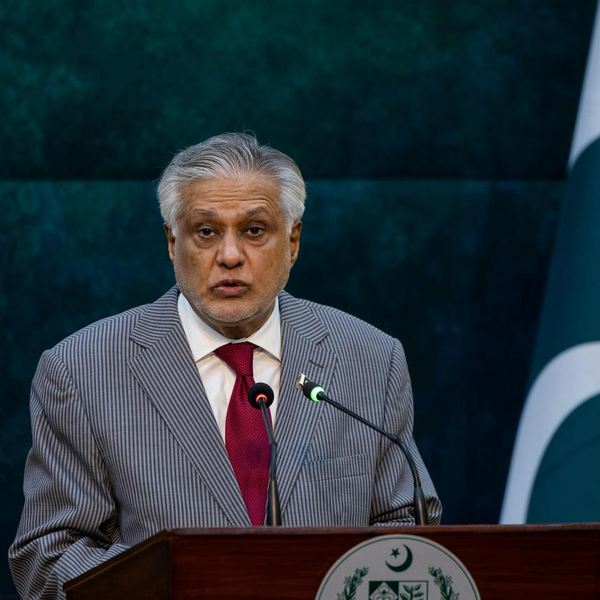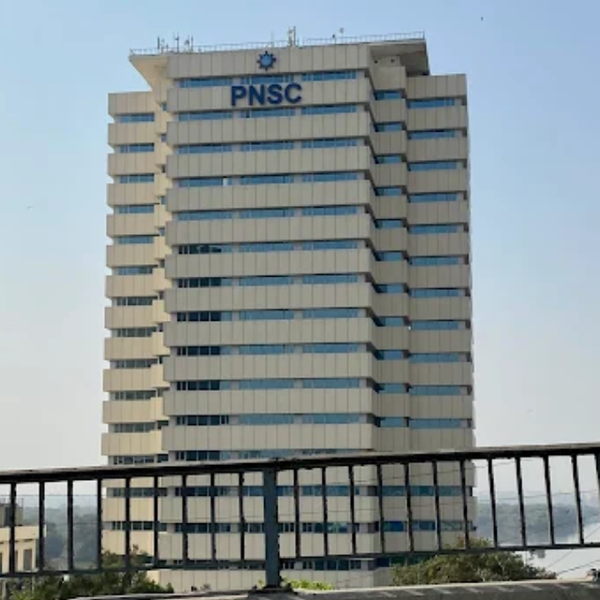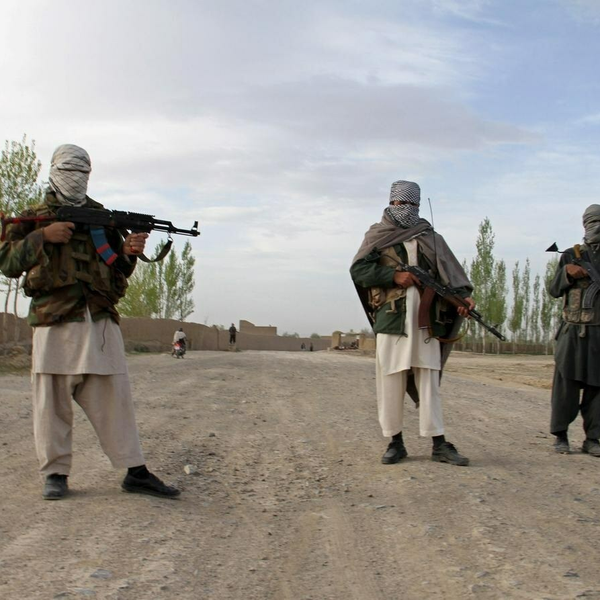Poverty rebound in Pakistan after years of decline: World Bank
New report says poverty rate fell between 2002 and 2019, but progress has reversed by 2023
Business Desk
The Business Desk tracks economic trends, market movements, and business developments, offering analysis of both local and global financial news.

Until the last decade, Pakistan was on course for a success story in terms of poverty reduction. The country managed to reduce poverty from over 60% in 2001-02 to 22% in 2019. However, since then, the progress has reversed, with projections showing poverty increasing to 25% by 2023-24, according to the World Bank.
After a steady decline from 64.3% in 2001-02 to 21.9% in 2018-19, the national poverty rate began to increase in 2020, said the World Bank report “Reclaiming Momentum Towards Prosperity: Pakistan’s Poverty, Equity and Resilience Assessment”, released on Tuesday.
The rebound is largely due to compounding shocks, including COVID-19, inflation, floods, and macroeconomic vulnerabilities, but also because the consumption-driven growth model that delivered early gains has reached its limits.
The assessment is based on the analysis of 25 years of official household surveys, projections, geospatial analysis, and administrative data sources. Official poverty estimates are based on the Household Integrated Economic Survey (HIES), which was last conducted in 2018-19. For the period after that, the report used “microsimulation models” for poverty projection estimates.
“New poverty estimates and trends based on survey data will be produced once the recently collected HIES 2024-25 data is released,” it added.
The assessment found that over the past two decades, poverty reduction in Pakistan was primarily driven by rising non-agricultural labor income, as more households shifted away from farm work to low-quality service jobs.
However, slow and uneven structural transformation has hindered diversification, job creation, and inclusive growth in the informal sector. As a result, low productivity across sectors has constrained income growth, with over 85% of jobs being informal, and women and youth largely excluded from the labor force.
The report also highlighted human capital gaps with nearly 40% percent of children stunted; one-quarter of primary-school-aged children out of school; and 75% children who didn’t attend primary school not being able to read and understand a simple story by the end of the primary cycle.
Moreover, only half of all households had access to safe drinking water in 2018, and 31% lacked safe sanitation.
“It will be critical to protect Pakistan’s hard-won poverty gains while accelerating reforms that expand jobs and opportunities—especially for women and young people,” said Bolormaa Amgaabazar, World Bank Country Director for Pakistan.
“By focusing on results—investing in people, places, and access to opportunities; building resilience against shocks; prioritizing fiscal management; and developing better data systems for decision-making—Pakistan can put poverty reduction back on track.”
The report underscored systematic, complex, and persistent spatial disparities in welfare across Pakistan.
Rural poverty remains more than twice as high as urban poverty, and many districts that lagged behind decades ago continue to do so today. Furthermore, unplanned urbanization has led to ‘sterile agglomeration’ — crowded settlements with low living standards.
“Progress in poverty reduction is threatened by structural vulnerabilities,” said Christina Wieser, Senior Economist and one of the lead authors of the report.
“Reforms that expand access to quality services, protect households from shocks, and create better jobs—especially for the bottom 40 percent—are essential to break cycles of poverty and deliver durable, inclusive growth.”
'Invest in people'
The report has called for “sustained and people-centered reforms” to protect poor and vulnerable families, improve livelihood opportunities, and expand access to basic services for all.
It recommended investment in “people, places, and opportunities” to address human capital challenges; investments in public services such as health, education, housing, water, and sanitation; strengthening local governance; providing household cushion from economic shocks by extending social safety nets; adopting progressive fiscal measures by improving revenue growth and phasing out “inefficient and wasteful” subsidies; and timely data systems to guide decisions, target resources, and track results.







Comments
See what people are discussing